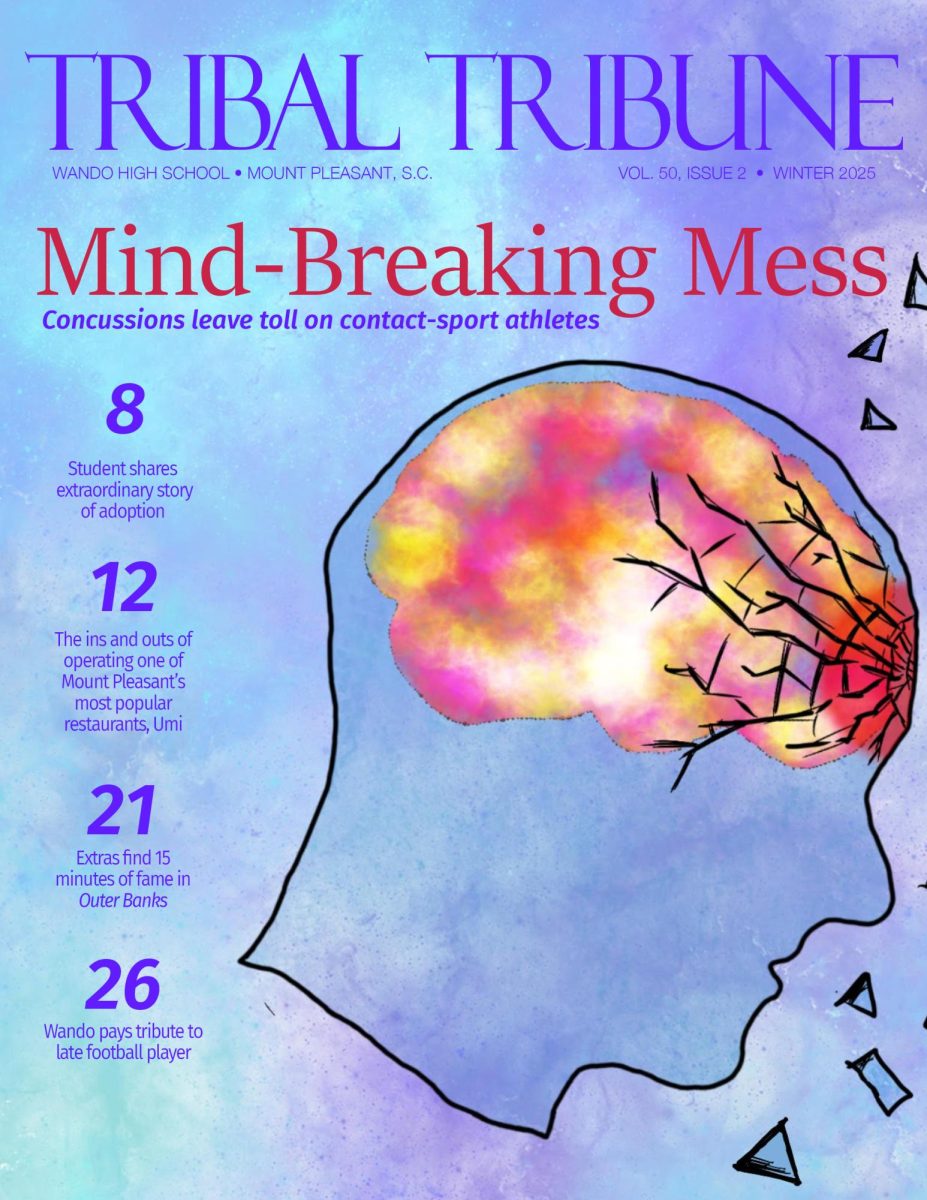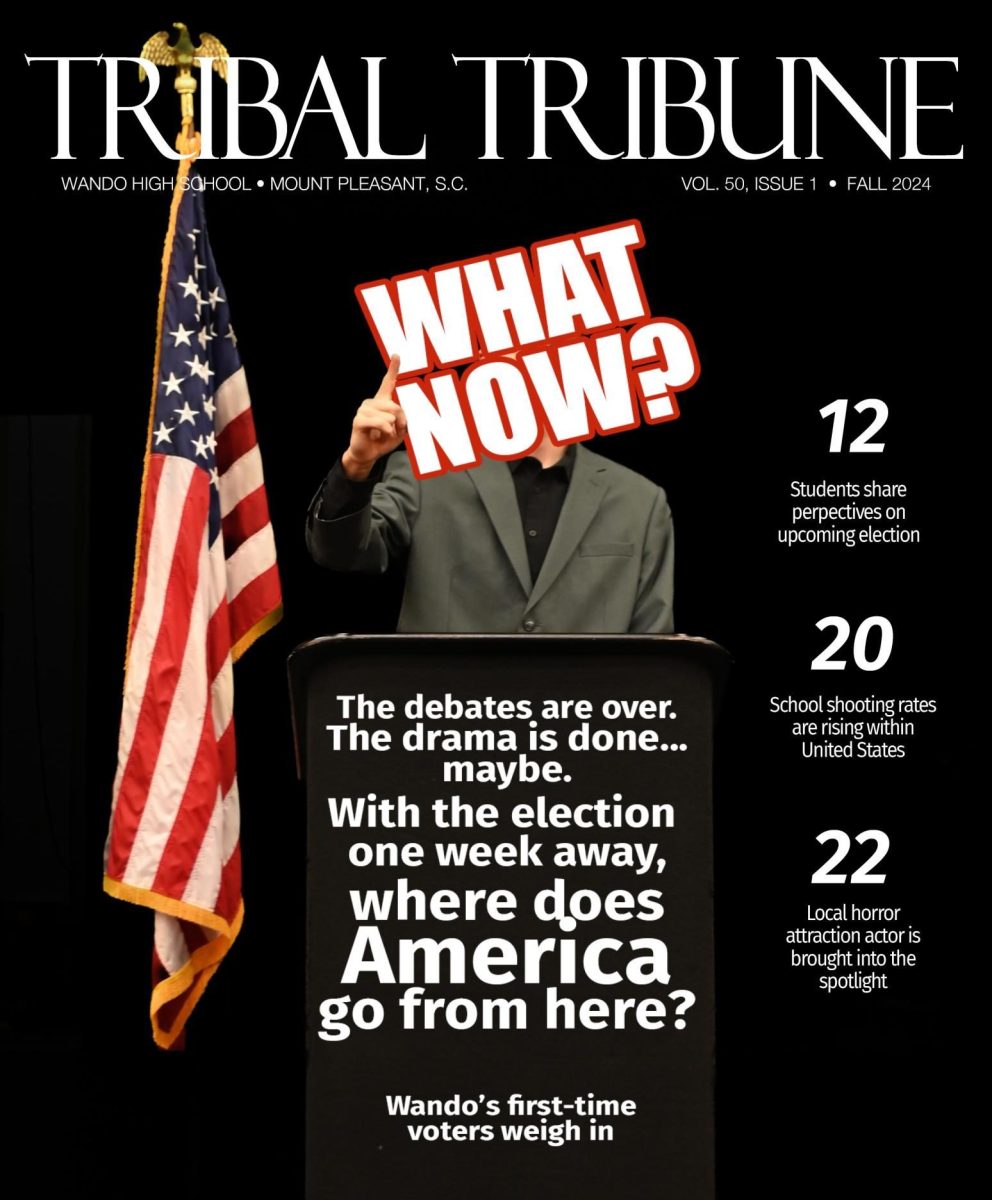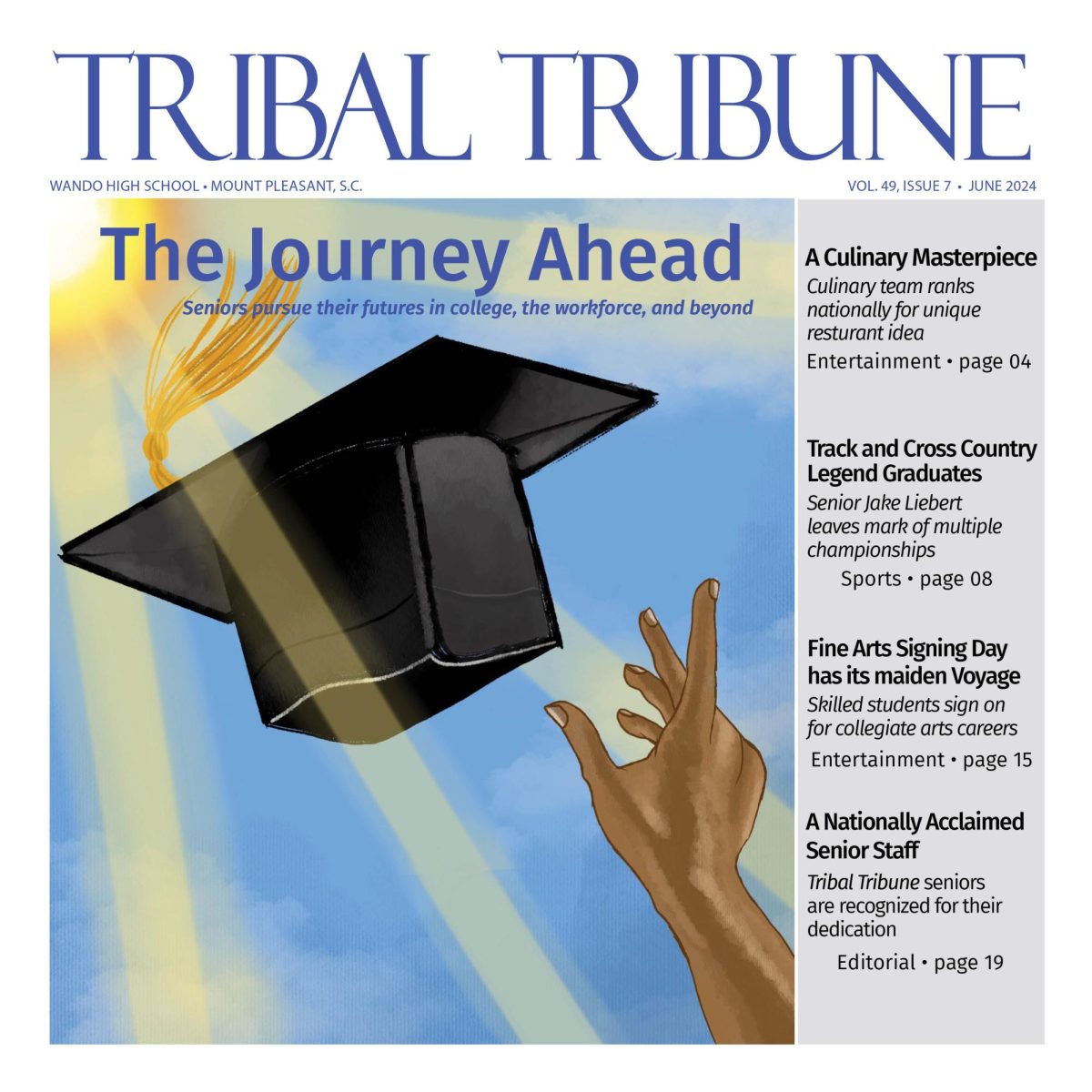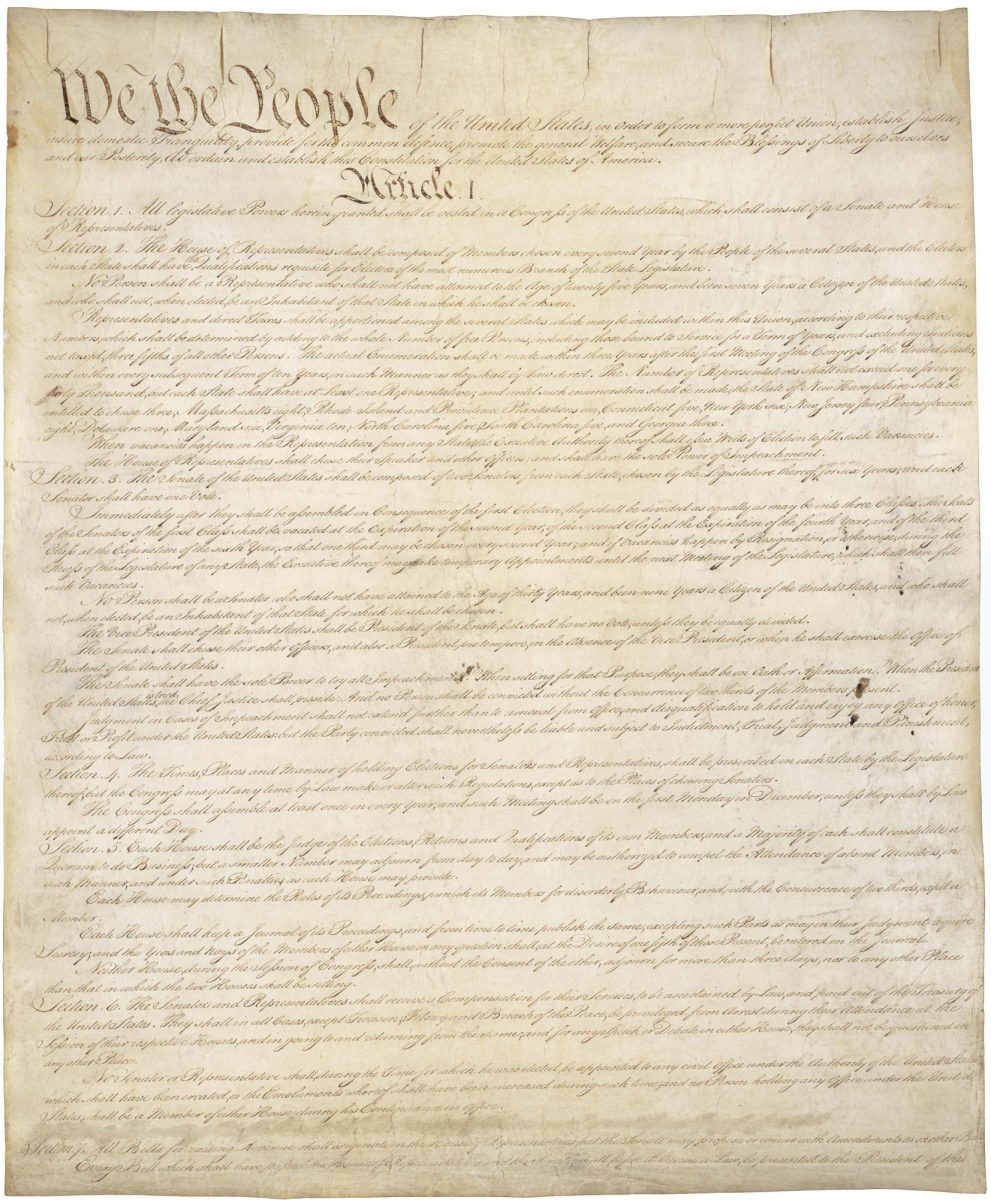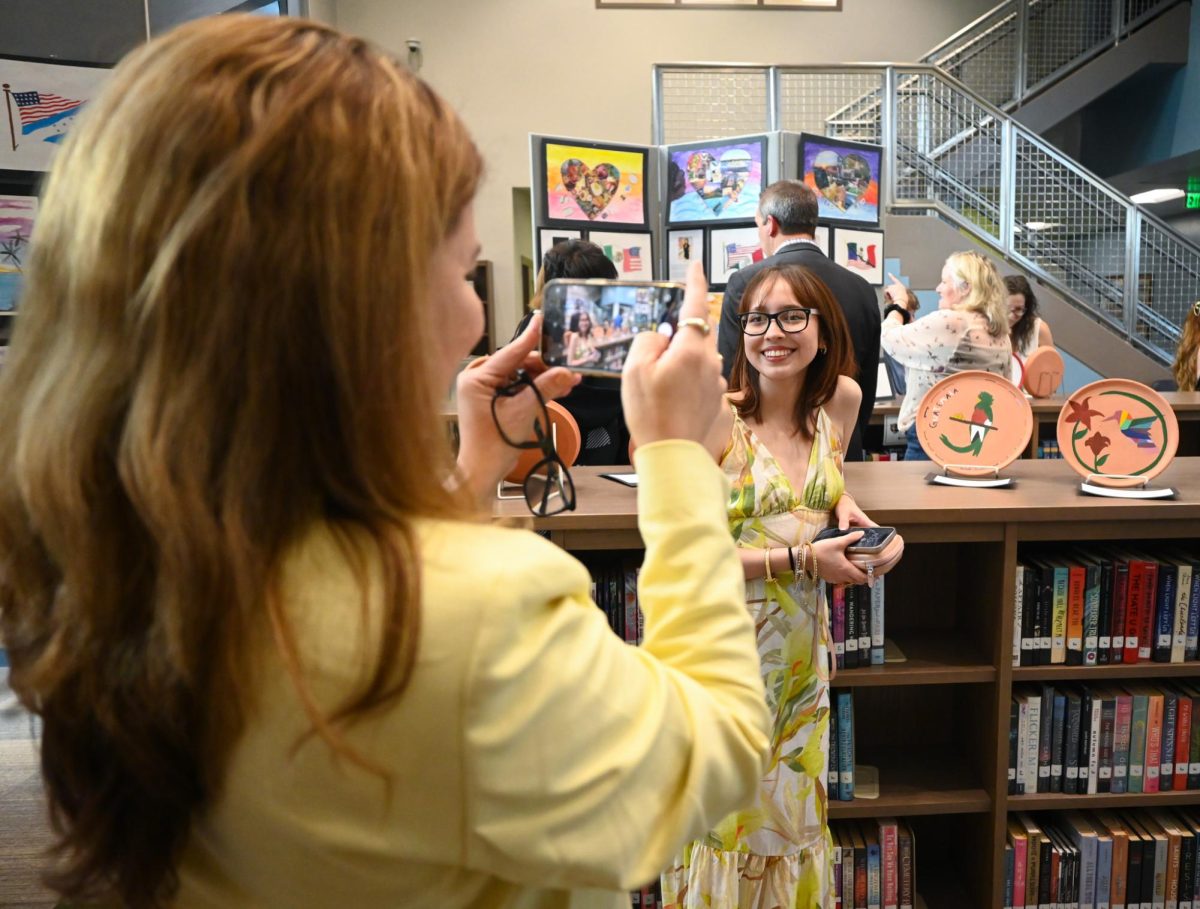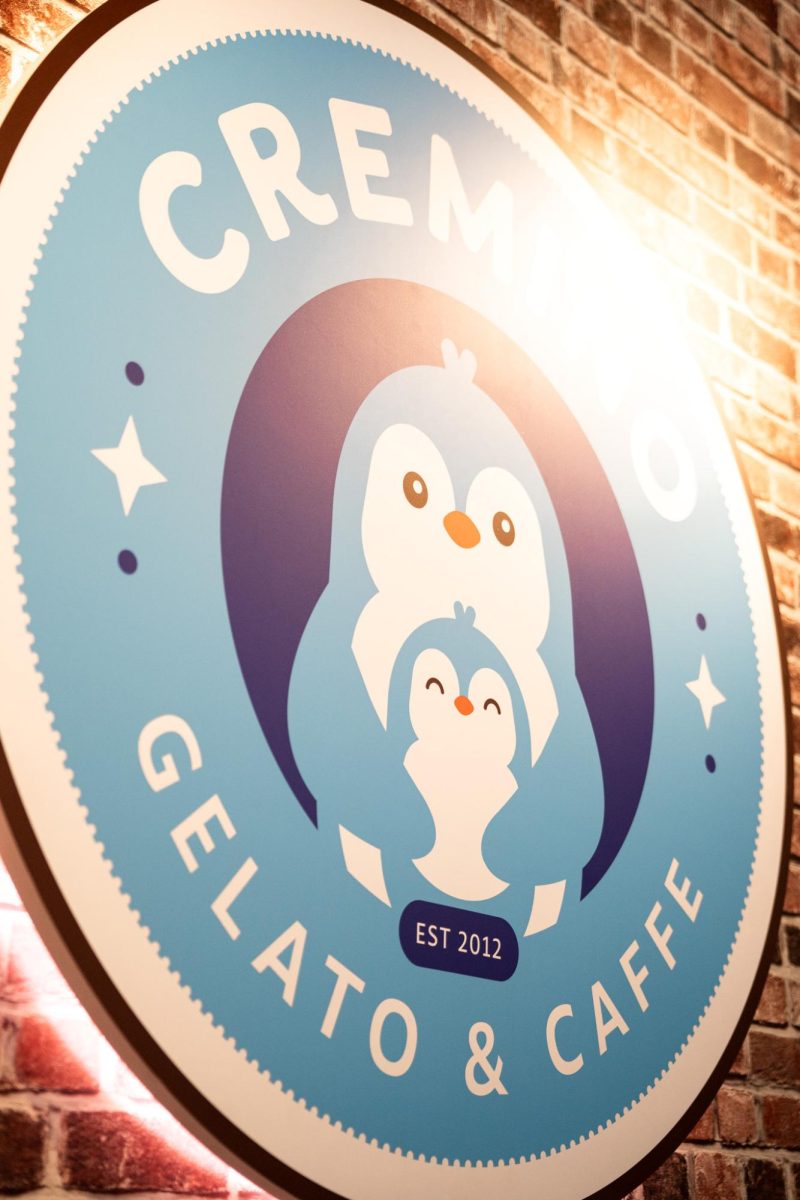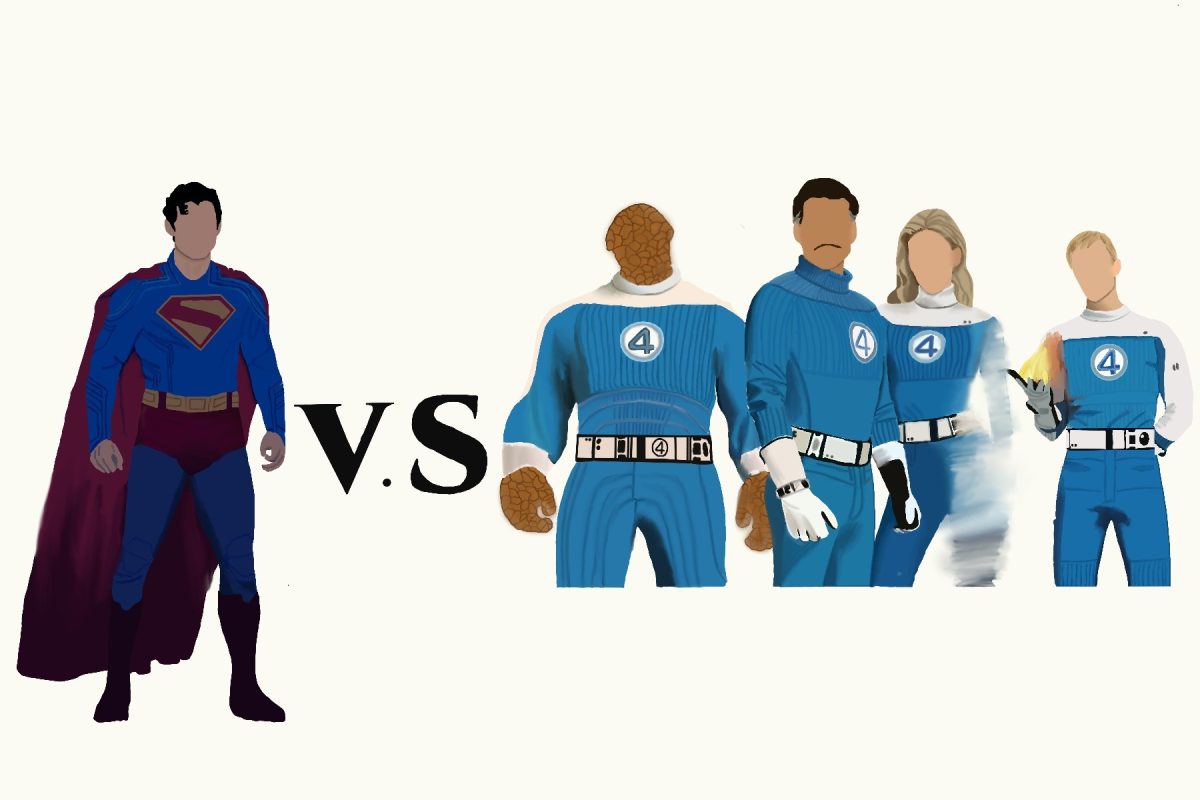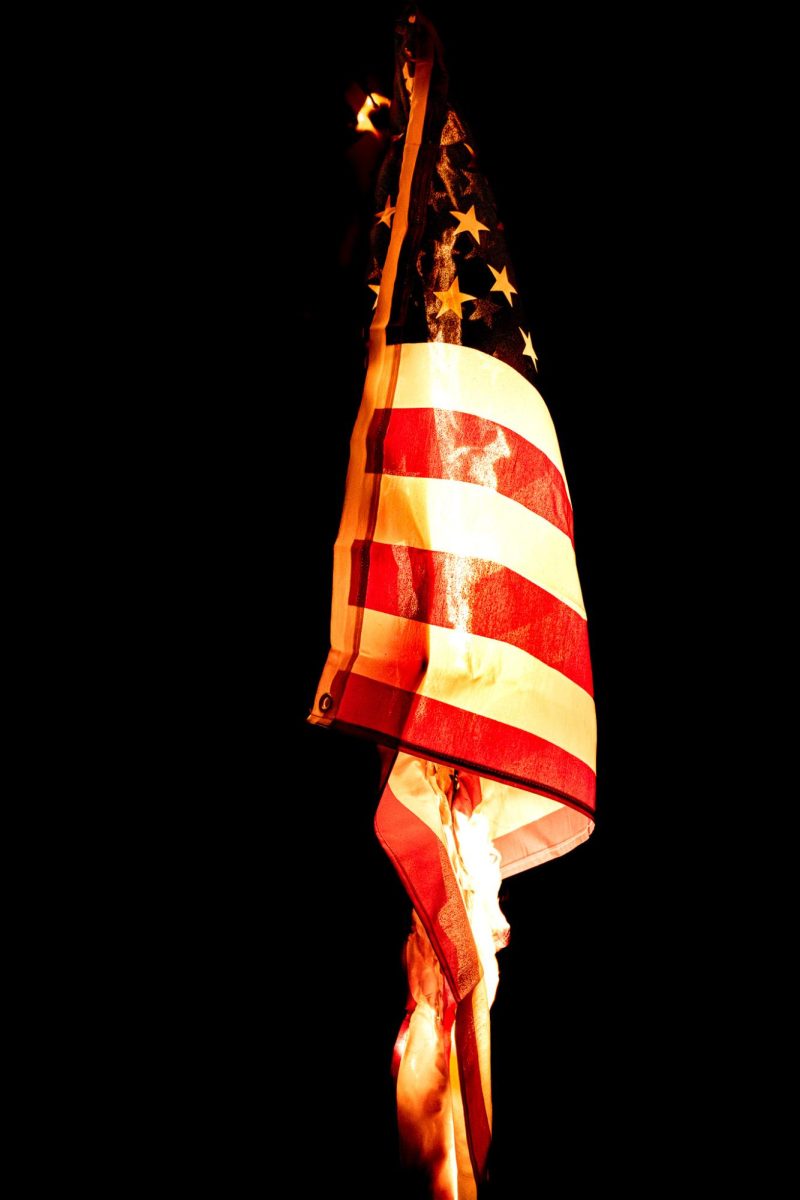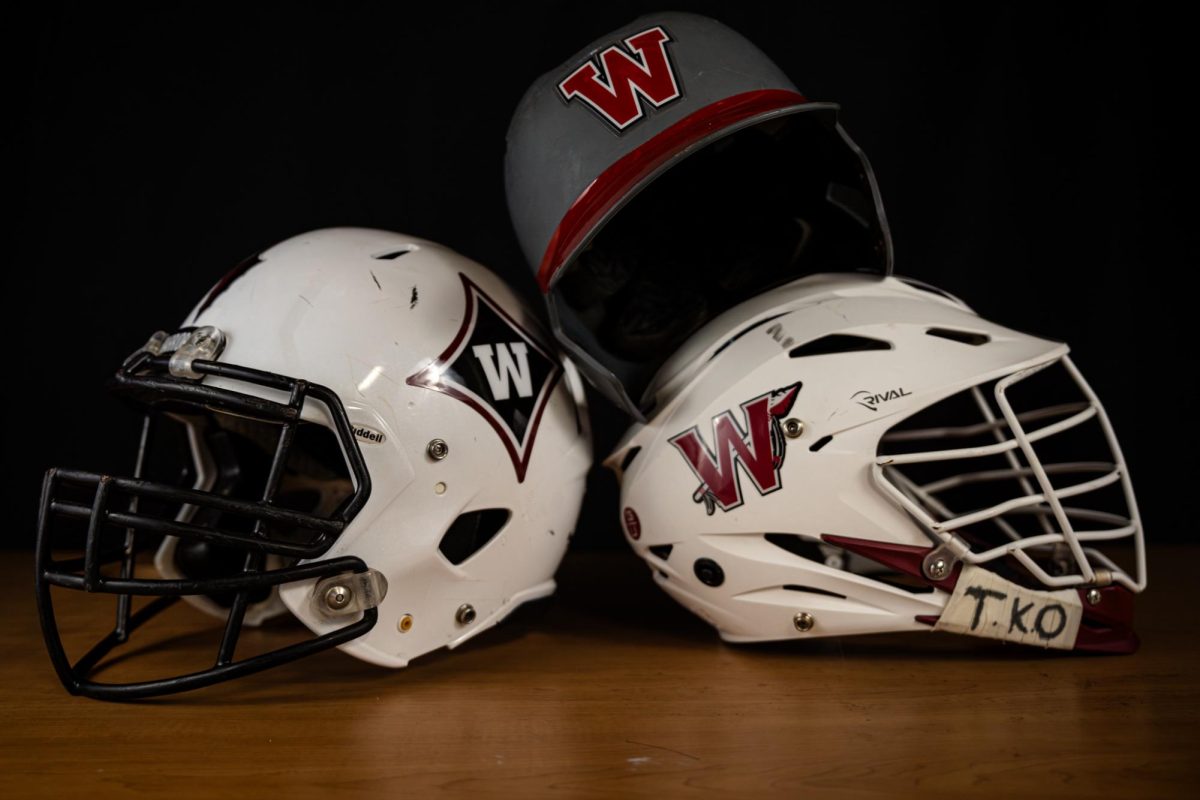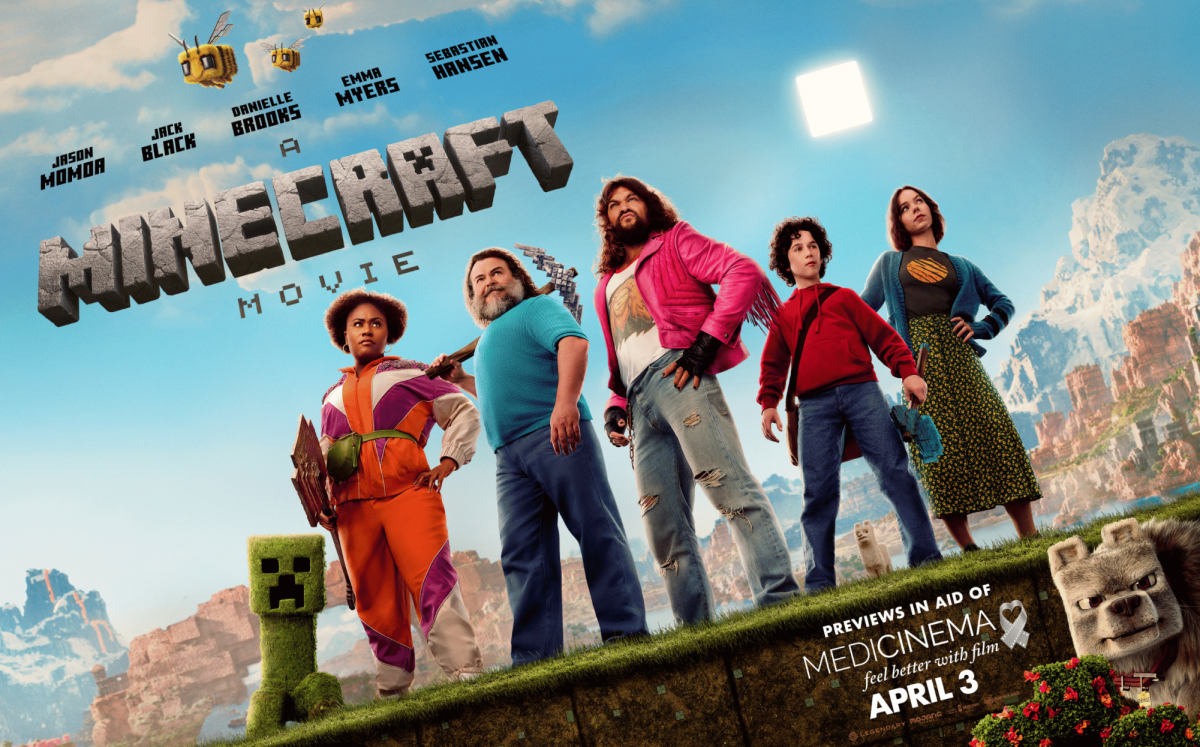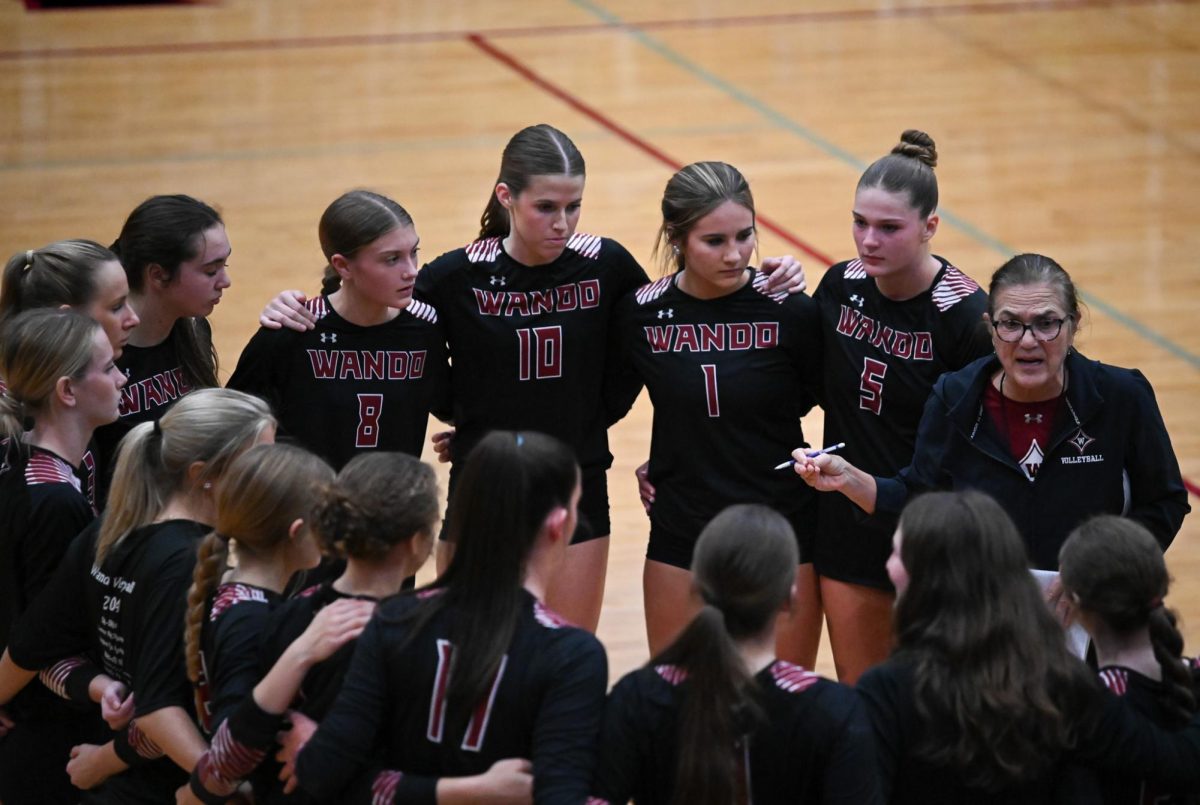Charleston’s culture wars
History takes on growth and tourism in constant battle
The cobblestone streets, where cars rush past, were placed there centuries ago, the stone being worn down by generations of shoes, horses, and tires.
The homes, lived in by families whose names now appear in history books, the walls clinging onto their stories.
All across Charleston, history remains living in everyday parts of the cities.
As an important part of Charleston’s culture, many organizations work to preserve the integrity of this history.
The Historic Charleston Foundation is one of these organizations.
Justin Schwebler is the historic property manager at the Historic Charleston Foundation. The foundation preserves and maintains two historic house museums. However, the work they do is a variety, all in the efforts to preserve Charleston.
“At our core, we do a lot of different work… We interpret the lives of Charlestonians living in that period, early 19th century. But then we’re also a preservation organization in that we advocate for the preservation of historic architecture, for Charleston culture, from the people of Charleston. So we want to try and maintain a sustainable and livable city,” Schwebler said.
Schwebler finds the historic houses the Foundation manages a reflection of what early Charleston was like, as well as the importance of that history to modern day Charleston.
“We get a very kind of specific lens for the history of Charleston, and the people who lived here in the early development of the city,” Schwebler said.
A huge part of that important history is not just wealthy homeowners, but all the people living there.
“We want to make sure that the history of the African Americans who were enslaved, not only in our sights, but throughout Charleston and the Lowcountry are really at the forefront of the conversations that we have around our historic sites. We use the museums as sort of our outlet to say that to recognize the history of the people that came before us,” Schwebler said.
What sets Charleston apart, Schwebler finds, is not just the culture and history, but the way people engage with those aspects.
“Charlestonians and the people who visit here are very open and want to learn and really embrace the history and culture of our community,” Schwebler said. “The past can tell us more about who we are. The history and culture and community here is very rich and vibrant, and it’s really at the forefront of everything that our community does, which is great to see.”
When it comes to the development of the city, Schwebler believes it’s not the local scale development that harms the city and their preservation efforts, but rather when it goes to an international scale. That is when the developments don’t care about the impact it has on the city and its rich culture, but only the financial return.
“We’re seeing a lot of things that are being pushed that not just to have an impact on the historic aspects of our city from a preservation perspective, but from a holistic side as well through gentrification and affordable housing,” Schwebler said.
AP U.S. History teacher Connie Yaccarino takes a similar stance with Schwebler that the preservation of history is important in understanding that area.
“I think being aware of a region or location’s history is significant because you are focusing on preservation and communities that have built over time and wanting to preserve their legacies… Historic land holdings are reflective of different changes throughout history that are significant in the legacy of an area,” Yaccarino said.
Yaccarino finds that what sets Charleston apart so greatly from other places, is how impactful the history is to places beyond just the city’s limit.
“There’s just so much that’s happened here over time,… there’s impactful history of the introduction of slavery, the significance of Charleston as a port city, the development of the plantation economy, the emphasis on freedom… the free African American population of cities like Charleston, the development of African American churches, obviously, South Carolina’s role in secession; these are things that have roots in Charleston,” Yaccarino said.
To get a better sense and understanding of this deep history, Yaccrino thinks learning through historic landmarks and museums is the best way.
“They provide aspects and locations and opportunities for people to get glimpses of history and also see it from perspectives that haven’t always been provided and emphasized. That kind of goes into the significance of like the development of more museums..in order to continue to promote and expand on different historical perspectives,” Yaccarino said.
Yaccarino finds there is a delicate line to be walked.
“I think there’s a balance to it..with construction, there could be impacts on lands that may have been deemed historic. You can see conflict over that, as people are concerned about road widening for continued population growth… You’re wanting to preserve the history of ownership of land, the significance of what that represents, in order to emphasize transitions to freedom,” Yaccarino said.
While Yaccarino doesn’t necessarily believe the development directly impacts the historic sites, a conscious effort still needs to be made.
“It all plays a role. I don’t know that development necessarily, like as a whole impacts the historic integrity of the site. But there has to be an effort made with development in order to maintain the preservation of historic sites.That’s a balance that has to occur through local government and the populations working to promote them,” Yaccarino said.



